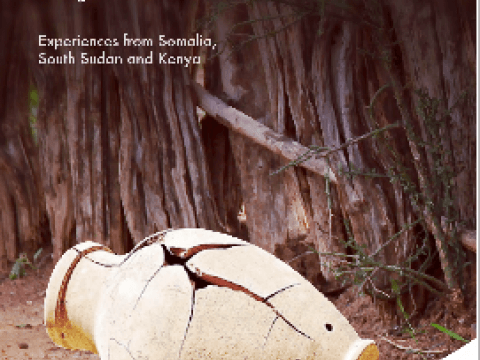Macro-level conflict analysis: Addressing the uptake-and-use challenge
Download
World Vision has been a leading organisation on conflict analysis for humanitarian and development response, creating well-regarded tools such as the Making Sense of Turbulent Contexts tool. The goal of this publication was to better understand how macro-level conflict analysis, especially in fragile and conflict-affected contexts, can be used by organisations, agencies and institutions to shape policy, strategy and operations. 44 key informants from 31 organisations (NGOs, UN and donor agencies, government institutions and think tanks) operating in Somalia, South Sudan and Kenya contributed to the report.
- Active tracking of context changes coupled with risk mitigation
- Strategic partnerships and management of delicate relationships
- The right people with the right capacity
- Including an explicit peacebuilding and/or conflict-sensitivity focus
- Flexible funding arrangements and supportive donors
Hindering factors to uptake and use of conflict analysis:
- Rapidly changing contexts
- Budget limitations and donor influence
- Restrictive governance environments and insecurity
- Low staff capacity and frequent staff changes that affect follow-up
- Weak methodology or conflict analysis process
- Inadequate packaging of analysis and recommendations
- Competition and limited collaboration between organisations
- Lac of organisational buy-in to conflict sensitivity
Key findings
For successful uptake and use of macro-level conflict analysis, organisations working in fragile and conflict-affected contexts must balance external context assessment with internal organisational process and methodological rigour.
Recommendations
- Develop a communication and engagement plan for how to use the conflict analysis.
- Use appropriate analysis methodology and processes.
- Establish simple and clear conflict analysis follow-up plan.
- Engage and educate donors on the importance of: long-term programming in fragile contexts, flexibility in program budgets, and donors’ role in shaping conflict-sensitive interventions.
- Strengthen capacity to integrate conflict-sensitive approaches in organisational strategy and workplans.
- Mobilise buy-in from organisational leadership and operations teams.
- Promote collaboration on conflict analyses, including: multi-agency learning and action networks and online platforms for sharing analyses.


